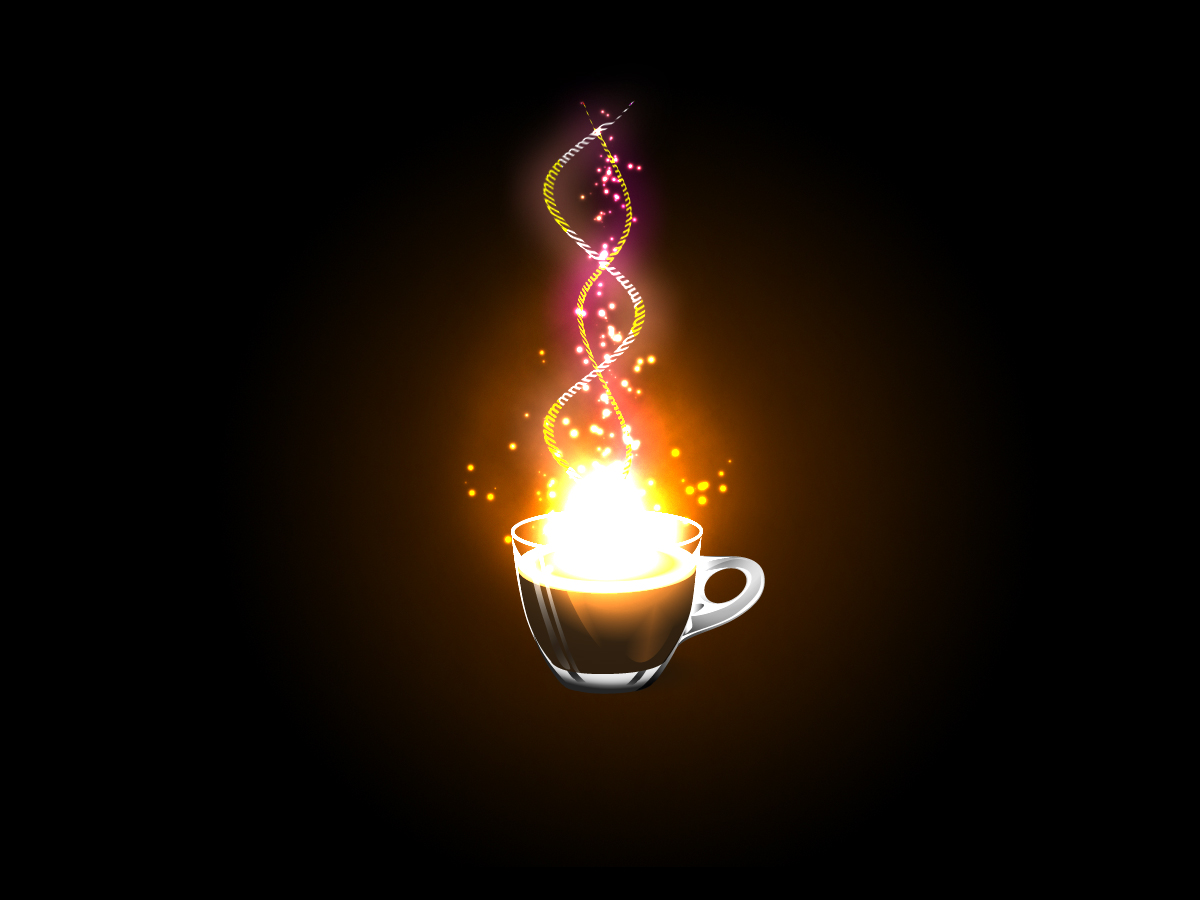
‘To prepare, a mage cut red beans and carried them back home where she scraped off the outer shell with a knife. With the back of the knife, she then scraped the beans, and allowed their dust to fall in a cloth placed over her lap. She then made a drying rack by splitting a branch halfway down and opening the end to form a Y. The opened portion was then woven with criss-crosses of other split branches to form a grid, and on this, she placed the dust. The bean-dust was then infused and inhaled.’
Anon.
Psychoactive substances are long-standing examples of technologies that help to produce mismorphic effects in animals. It is no accident that psychoactive substances are core tools in so many magical rituals (alcohol, THC, opium, tobacco mescaline) as well as more mundane ones (morning coffee).
Coffee is rich in the most widely consumed psychoactive drug in the world: caffeine. (See: Braun, S. (1996). ‘A Brief History of Caffeine’. Buzz : The Science and Lore of Alcohol and Caffeine, Oxford University Press: 109-114.) Michael Pollan’s book This Is Your Mind On Plants: Opium―Caffeine―Mescaline (2021) on the psychoactive properties of caffeine suggests that it is very closely allied to forms of ideation characteristic of European industrial modernity associated with the ‘coffee house’. We can’t discount the importance of caffenism in stimulating excessive forms of intoxicated conversation and, thus, of aiding and abbeting a (colonial) ‘geography of consciousness’.
As a recreational drug, stimulants such as caffeine specifically enable speedy conversations, whereas alcohol is a depressive, and smoking opium tends to render the user deliriously mute. As a psychoactive, caffeine, then, is conducive to particular types of knowledge production. It might keep us alert enough to have ‘reasoned’ conversations, but it can just as easily make us jittery and distractible.
As Pollan argues, the celebration of coffea arabica as the most “productive” of psychoactive plants is an apt expression of how much Enlightenment values were entangled with the ‘Protestant Ethic’ {Braun, 1996: 124}. Their offspring was ‘productivity’.
Neil Mulholland www.neilmulholland.com
This website, Shift/Work: Crafting Magic https://blogs.ed.ac.uk/craftingmagic/ is written and maintained by Prof Neil Mulholland and is licensed under a Creative Commons Attribution-NonCommercial-NoDerivatives CC BY-NC-ND 4.0
